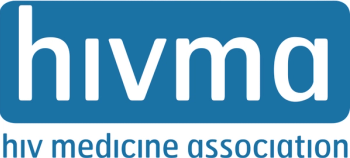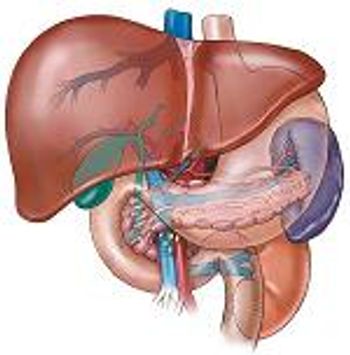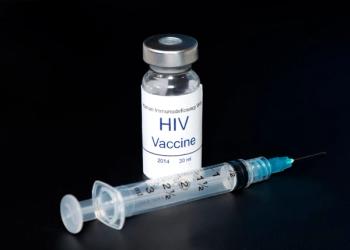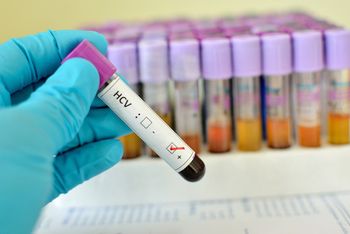
It's your day, pharmacists! Here's a roundup of our top 5 stories by infectious disease pharmacists, for infectious disease pharmacists.

It's your day, pharmacists! Here's a roundup of our top 5 stories by infectious disease pharmacists, for infectious disease pharmacists.

They developed clinical guidance and other resources looking to address potential drug interactions with these patient populations who have COVID-19 and may be treated with Paxlovid.

So far, these are Contagion's 5 most-read stories of 2023.

Health programs and efforts to inform the public about the importance of sharing liver education can play a major role in prevention as well as patient care.

Phase 2 trial with bepirovirsen demonstrates possibility of a functional cure of chronic hepatitis B infection that is sustained after treatment is discontinued.

Children as young as 12 can now receive tenofovir alafenamide for treatment of chronic hepatitis B virus infection with compensated liver disease, after the US Food and Drug Administration expanded the indication for the drug.

A germline-targeting HIV vaccine candidate elicited broadly neutralizing antibodies in 97% of recipients.

Resistance to hepatitis C infection may be much greater than previously thought, according to new research by investigators at Trinity College Dublin that revealed associated biological factors.

Alternative strategies to increase immunogenicity of COVID-19 vaccines in immunosuppressed kidney transplant recipients are evaluated in clinical trial.

As viral hepatitis is the most common blood-transmitted infection globally, assessing the toll of hepatitis and hepatitis-related conditions is critical.

Three posters on the subject were presented at The Liver Meeting and were among the meeting’s key presentation highlights called “Best of the Liver Meeting.”

What are the characteristics and demographics of the chronic hepatitis B patients who develop severe outcomes?

Looking for the latest developments in infectious disease? Here are the top stories Contagion covered this week.

Initially, 28-29% of patients with chronic hepatitis B achieved undetectable virus levels after 24 weeks of treatment with GSK’s bepirovirsen, but this dropped to 9-10% of patients during a phase 2b trial.

About a third of veterans who received a letter to get tested for hepatitis C did so, according to a study by the Veterans Affairs Greater Los Angeles Healthcare System.

Experts discuss a range of the most topical infectious disease research, presented at the recent IDWeek 2022 conference.

Previously thought to be difficult or impossible, one study found HCV and drug use can be treated concurrently in young adults.

Organizations look at an agent-based model to assess the impact of vaccination, screening, and treatment on incidence and prevalence of HBV in Ontario, Canada.

The federal agency cited concerns regarding the manufacture and delivery of the therapy designed for adults with hepatitis delta virus (HDV).

A late-breaking IDWeek 2022 study found high seroprotection was achieved among people living with HIV after receiving 3 doses of a hepatitis B vaccine.

Over the past decade, the number of cases of hepatitis A infection at a Turkish hospital has decreased, but a growing proportion of cases come from migrants to the country.

A new review article suggests it is possible to eradicate hepatitis C virus infections among people with hemophilia, but it will take intense focus from public health agencies.

Hepatitis A infections occurred almost exclusively among adults in states with outbreaks.

These were our most popular articles this week. Catch up with these trending infectious disease stories.

“Too few persons are receiving timely treatment” with direct-acting antiviral for hepatitis C based on their first positive test result, the study authors wrote.